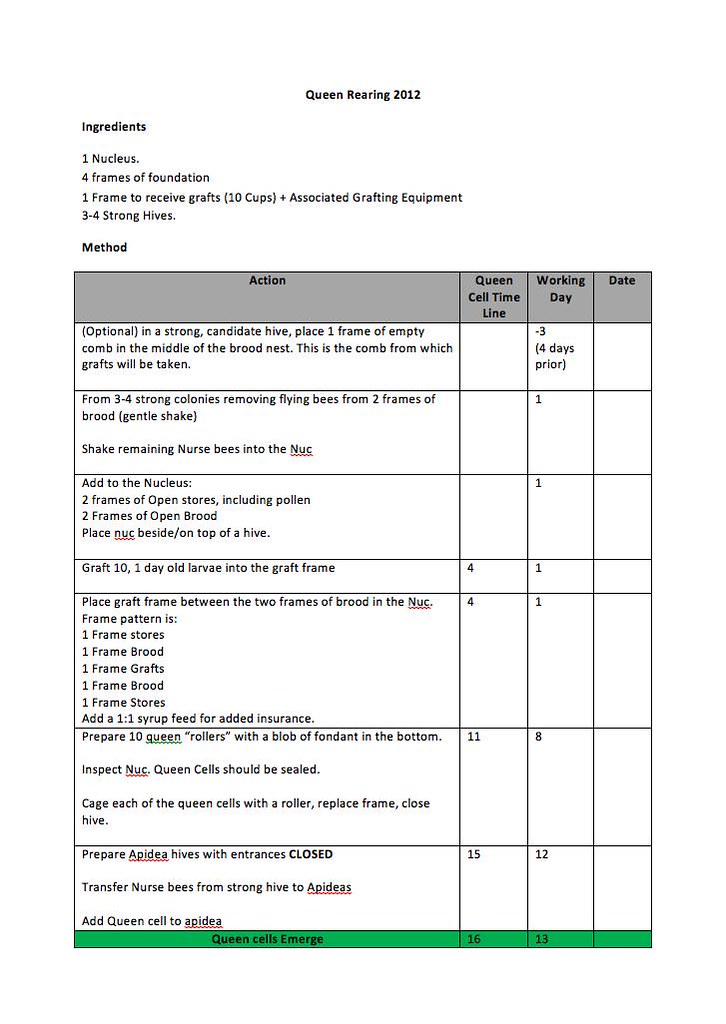I try and sort the wheat from the chaff by selecting the dozen best honey producers from between 150 and 200 hives which are mostly headed by grafted queens and yet the percentage of non-grafted queens in the top dozen each season is disproportionate despite my best efforts at selecting the best stock to breed from and attempting to raise the best queens possible.




 Reply With Quote
Reply With Quote





Bookmarks